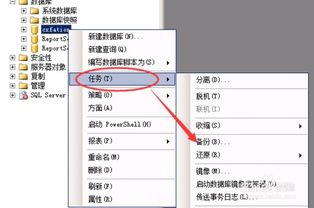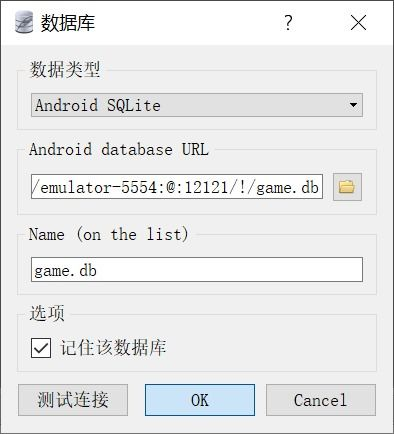ASP.NET Accessing Database File Path, Tips and Best Practices
Understanding Database File Types
When working with ASP.NET applications, it is essential to understand the various database file types that can be utilized. The most common types used in development include SQL Server Database files (.mdf
), Microsoft Access Database files (.accdb or .mdb
), and SQLite Database files (.sqlite or .db). Each of these has specific methods for connection and access management.
For instance, SQL Server uses the .mdf and .ldf file types for storing the main data and log information respectively. To connect to these files, developers often use a connection string in the web configuration file which directs the application to the appropriate database locations. On the other hand, Microsoft Access databases are simpler and often used for small or single-user applications. Lastly, SQLite is a lightweight database commonly used in mobile applications and lightweight web apps.
Constructing Connection Strings
To access the database file path in an ASP.NET application, a properly constructed connection string is crucial. Typically, in the web.config file, there is a section dedicated to connection strings. Here is a simple example of how a connection string might look for an SQL Server database:
<connectionStrings> <add name="MyDB" connectionString="Data Source=.\SQLEXPRESS;AttachDbFilename=|DataDirectory|\mydatabase.mdf;Integrated Security=True;User Instance=True" providerName="System.Data.SqlClient" /> </connectionStrings>
This example utilizes the special token |DataDirectory| which points to the App_Data folder of the application. This is a security feature that keeps the database file in a location not accessible via URL. When using Microsoft Access or SQLite, the connection strings will vary slightly, but the concept remains similar. It's vital to refer to the documentation for the specific database technology being used to ensure accurate connection string formation.
Best Practices in Database File Management
When accessing database file paths in ASP.NET, following best practices is important to ensure the security and integrity of the application. First, keep database files out of the web root directory; utilizing the App_Data folder is a common method for maintaining security. Additionally, consider setting proper database permissions to limit access to sensitive data. Implement error handling in your database operations, which can enhance application stability and provide better insights for debugging if issues arise.
It’s also advisable to use parameterized queries or stored procedures for database interactions to protect against SQL injection attacks. Lastly, regular backups of your database files are crucial to prevent data loss in case of corruption or failures.
In summary, accessing the database file path in ASP.NET is a straightforward process once you understand the types of databases, how to construct connection strings, and the best practices to follow. By keeping these principles in mind, you can enhance the security and efficiency of your ASP.NET applications.





